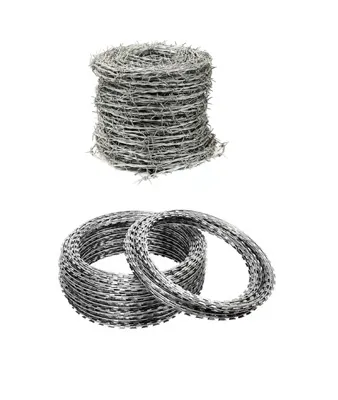Affordable Chicken Mesh Prices | Quality Wire Fencing for Poultry
The Price of Chicken Mesh Factors Affecting Costs and Market Trends
In the realm of poultry farming and construction, chicken mesh, often referred to as poultry netting or wire mesh, plays a critical role in ensuring the safety and well-being of poultry. This protective barrier is essential for preventing predators from harming the birds, while also providing a secure space for chickens to roam and forage. However, the price of chicken mesh can vary significantly based on a range of factors, making it a crucial consideration for farmers and suppliers alike.
One primary factor influencing the price of chicken mesh is the material from which it is made. Typically, chicken mesh is available in various types, including galvanized steel, plastic, or stainless steel. Galvanized steel mesh, known for its durability and resistance to rust, tends to be more expensive than its plastic counterparts. Conversely, while plastic mesh is cheaper, it may not provide the same level of security and longevity, potentially leading to higher replacement costs in the long run. Farmers often must weigh the initial costs against potential future expenses when selecting the type of material that best suits their needs.
Another significant factor affecting the price is the gauge or thickness of the wire used in the mesh. Thicker wire typically translates to a higher price but provides enhanced strength and reliability. For farmers who face challenges such as aggressive predators or harsh environmental conditions, investing in thicker chicken mesh may be worthwhile despite the higher upfront cost. Additionally, the mesh's hole size can impact the price—smaller holes may prevent more types of predators from accessing the chickens, but they often cost more and can restrict airflow in the coop.
price of chicken mesh

Market demand and supply dynamics also play a crucial role in determining the price of chicken mesh. If there is an uptick in poultry farming due to rising consumer demand for chicken products, the increased demand for chicken mesh can lead to higher prices. Alternatively, if manufacturers can produce the mesh more efficiently or if there is a surplus in supply, prices may drop. Economic fluctuations and changes in the global market can also affect raw material costs, which in turn impact the final pricing of chicken mesh.
Seasonality can further complicate pricing trends. During peak seasons for poultry farming, usually around spring and summer when many farmers prepare for hatchlings, prices may increase due to heightened demand. Conversely, during off-peak months, prices may stabilize or even decrease.
In conclusion, the price of chicken mesh is influenced by various interrelated factors, including material type, wire gauge, market demand, and seasonality. Farmers must remain vigilant and informed about these factors to make economically sound decisions that ensure their poultry’s safety without compromising their budgets. As the poultry industry continues to evolve in response to consumer trends and environmental considerations, staying updated on chicken mesh pricing will be essential for guiding purchasing decisions and maintaining operational efficiency.
-
Space-Saving Chain Fence Hacks Vertical Gardening with Cyclone MeshNewsJul.16,2025
-
Innovations in Iron Nail Wire Production for Modern ConstructionNewsJul.16,2025
-
Creative Uses of Wire Netting Fence in Modern Landscape DesignNewsJul.16,2025
-
Barbed Wire Fence Innovations in Anti-Climb TechnologyNewsJul.16,2025
-
Architectural Uses of Umbrella Nails for Aesthetic Roof DesignsNewsJul.16,2025
-
Architectural Uses of Razor Barbed Wire in Secure Urban DesignNewsJul.16,2025




